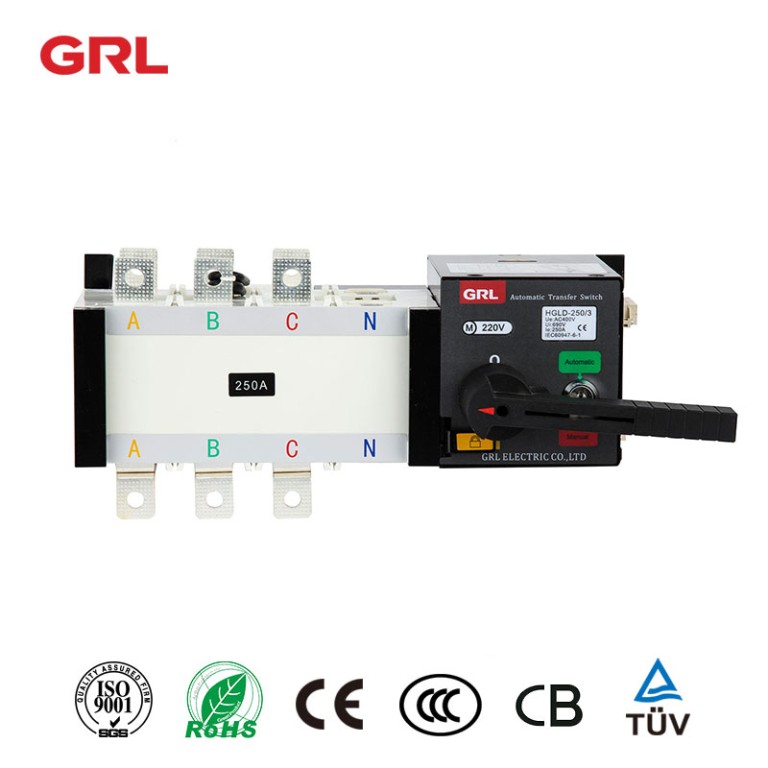
# Automatic Transfer Switch: Ensuring Uninterrupted Power Supply
## What is an Automatic Transfer Switch?
An Automatic Transfer Switch (ATS) is a critical component in power management systems that ensures seamless transition between primary and backup power sources. These devices automatically detect power outages and switch the electrical load to an alternative power source, such as a generator or battery backup system, without any manual intervention.
## How Does an ATS Work?
The operation of an automatic transfer switch can be broken down into several key steps:
– Continuous monitoring of the primary power source
– Detection of power failure or voltage fluctuations
– Automatic disconnection from the primary source
– Initiation of the secondary power source
– Transfer of electrical load to the backup source
– Monitoring for restoration of primary power
– Automatic return to primary power when stable
## Types of Automatic Transfer Switches
### 1. Open Transition ATS
Also known as “break-before-make” switches, these devices completely disconnect from the primary source before connecting to the backup source. This creates a brief power interruption during transfer.
### 2. Closed Transition ATS
These “make-before-break” switches briefly connect both power sources simultaneously during transfer, eliminating any power interruption.
### 3. Delayed Transition ATS
Keyword: Automatic Transfer Switch
This type introduces a programmed delay between disconnecting from the primary source and connecting to the backup source, allowing for motor loads to dissipate.
## Key Benefits of Using an ATS
– Uninterrupted power supply for critical operations
– Protection against power surges and fluctuations
– Reduced downtime during power outages
– Automatic operation eliminates human error
– Increased safety for electrical systems
– Compatibility with various power sources
## Applications of Automatic Transfer Switches
Automatic transfer switches find applications in numerous sectors where continuous power is essential:
– Hospitals and healthcare facilities
– Data centers and IT infrastructure
– Industrial manufacturing plants
– Telecommunications systems
– Commercial buildings
– Residential properties with backup generators
– Military and government installations
## Choosing the Right ATS for Your Needs
When selecting an automatic transfer switch, consider these important factors:
– Power capacity requirements
– Transfer time specifications
– Number of poles needed
– Environmental conditions
– Compliance with local electrical codes
– Integration with existing power systems
– Maintenance requirements
## Maintenance and Safety Considerations
Proper maintenance of your ATS ensures reliable operation:
– Regular testing of transfer functionality
– Inspection of electrical connections
– Cleaning of contacts and components
– Verification of voltage sensing accuracy
– Lubrication of mechanical parts
– Updating firmware for smart ATS units
Always follow manufacturer guidelines and consult with qualified electricians for installation and maintenance procedures.
## The Future of Automatic Transfer Switches
Technological advancements continue to improve ATS capabilities:
– Integration with smart grid systems
– Enhanced monitoring and remote control features
– Improved energy efficiency
– Smaller form factors
– Advanced diagnostics and predictive maintenance
– Compatibility with renewable energy sources
As power reliability becomes increasingly critical across all sectors, automatic transfer switches will continue to play a vital role in ensuring uninterrupted operations.